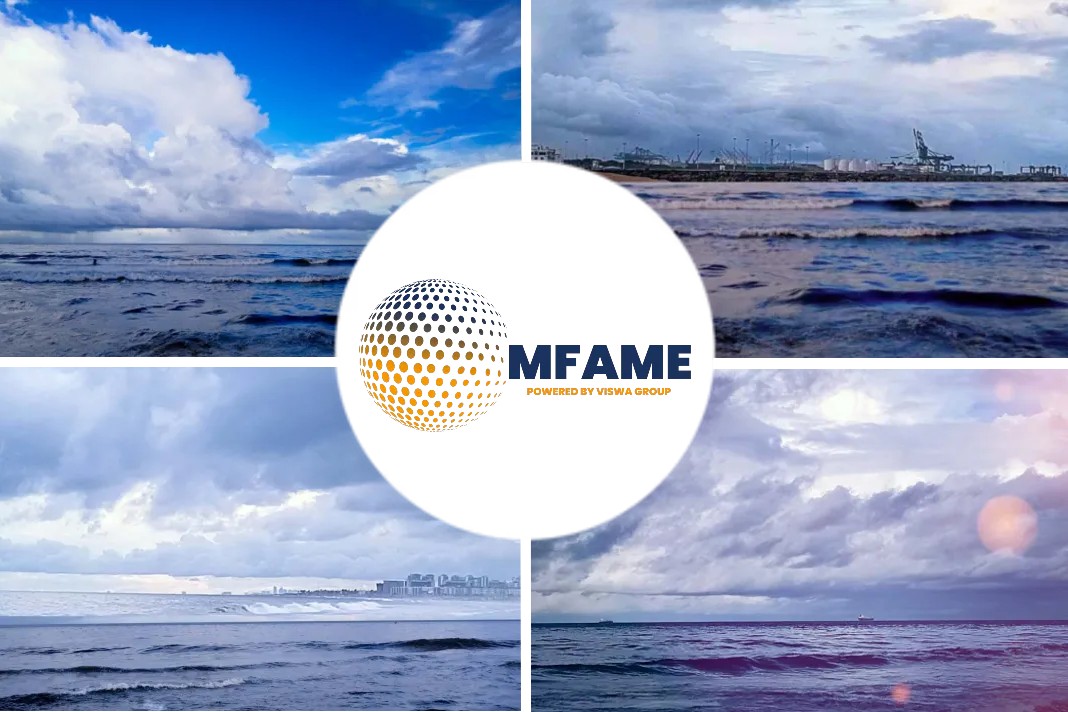- Move due to rise in global trade, healthier ship economics
- SCA working on canal expansion after the Ever Given incident in 2021
- Suez Canal is a strategic route for commodities and global trade
The Suez Canal Authority will increase tolls for laden and ballast vessels transiting the key waterway by 5%-10% from March 1, it said late on Feb. 27, reports Platts.
The hike was made “in line with the significant growth in global trade, the improvement of ships’ economics, the Suez Canal waterway development and the enhancement of the transit service,” the SCA said in a circular.
5% rise on normal transit dues
Crude and refined product tankers will see a 5% rise on normal transit dues, while LNG carriers will see a 7% hike. The smaller size LPG and chemical tankers will see a 10% rise.
The SCA is also currently trying to expand parts of the Suez Canal and is targeting completion by 2023.
Plans include extending the second channel of the canal and to enlarge an existing section near the Great Bitter Lake, where the Ever Given container ship ran aground and blocked the waterway for almost a week in March last year.
Ever Given crisis
The incident triggered a major scare in the global commodity markets by blocking a critical transit chokepoint.
The closure of the Suez Canal resulted in a logjam of almost 400 ships — including crude, product and chemical tankers, dry bulk carriers and container vessels — waiting to transit the waterway from both sides, according to data from cFlow.
A strategic route for crude oil, petroleum products and LNG shipments, the 120-mile canal connects the Red Sea with the Mediterranean and sees more than 18,000 ships transit each year, according to the SCA.
Before the pandemic hit trade flows, the canal transported some 5 million b/d of crude and oil products and 31 million mt of LNG in 2019, according to S&P Global Platts Analytics.
Chokepoint is critical for LNG
Key crude producers, such as Saudi Arabia, Russia, Iraq, the UAE, Azerbaijan, Kazakhstan, Norway, Kuwait, Libya, and Algeria, rely on the Suez Canal to export their crude.
Flows of petroleum products have also risen in recent years. Europe sends a sizable amount of naphtha to Asia every week, while large shipments of jet fuel and diesel come from Asia and the Middle East into Europe.
The chokepoint is also critical for LNG. A hefty amount of Qatari LNG destined for European markets passes through the waterway. But Qatar has started to divert more cargoes to Asia in recent years.
Did you subscribe to our daily Newsletter?
It’s Free! Click here to Subscribe
Source: Platts


















